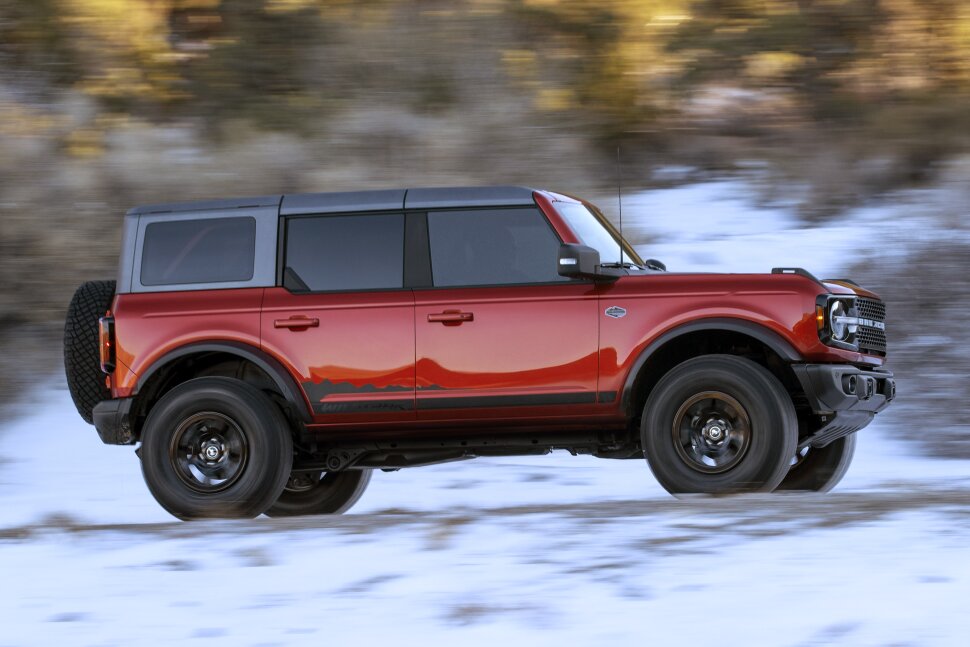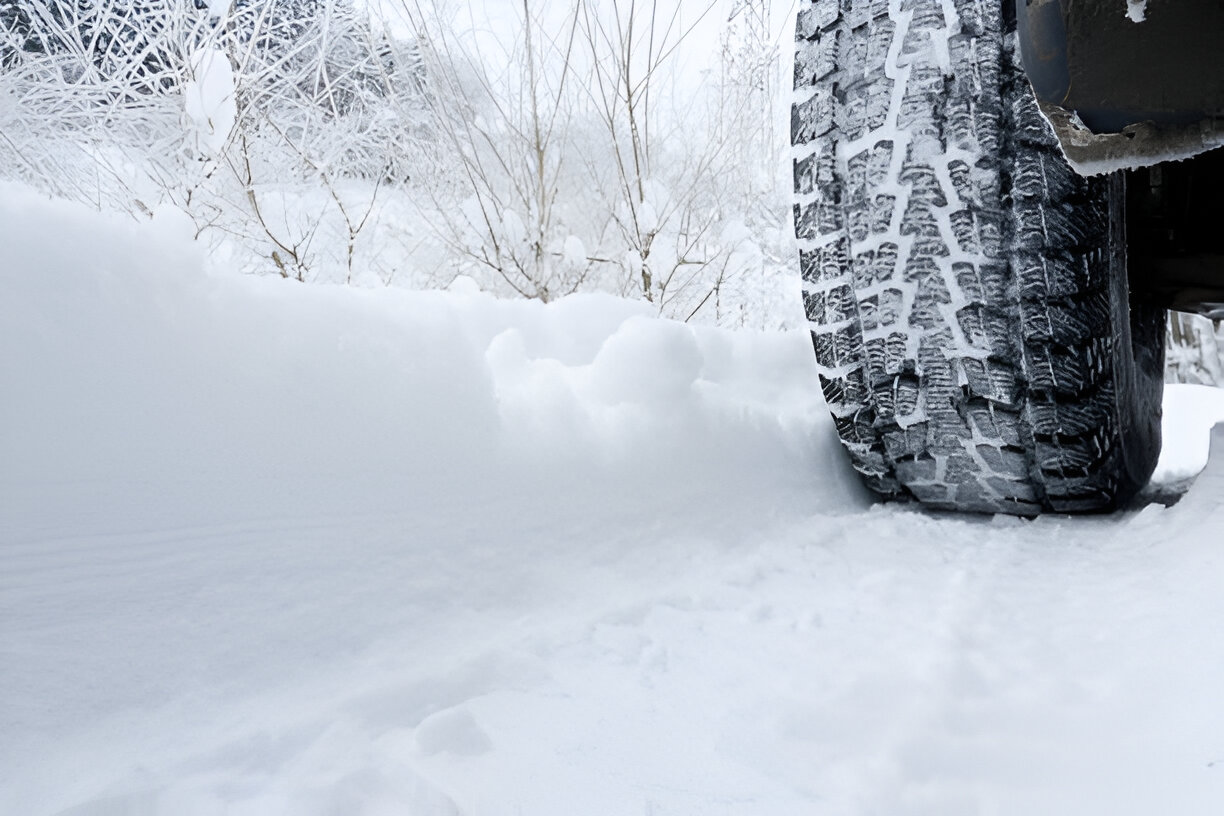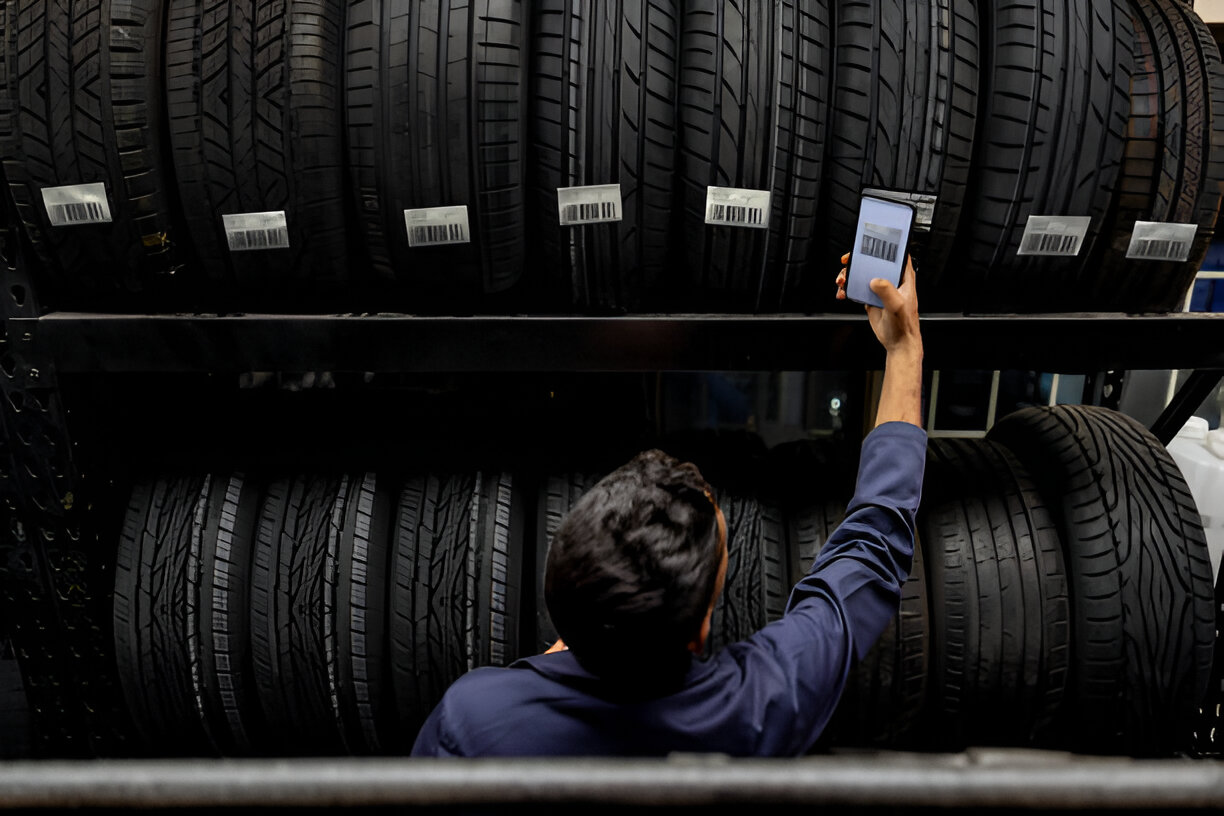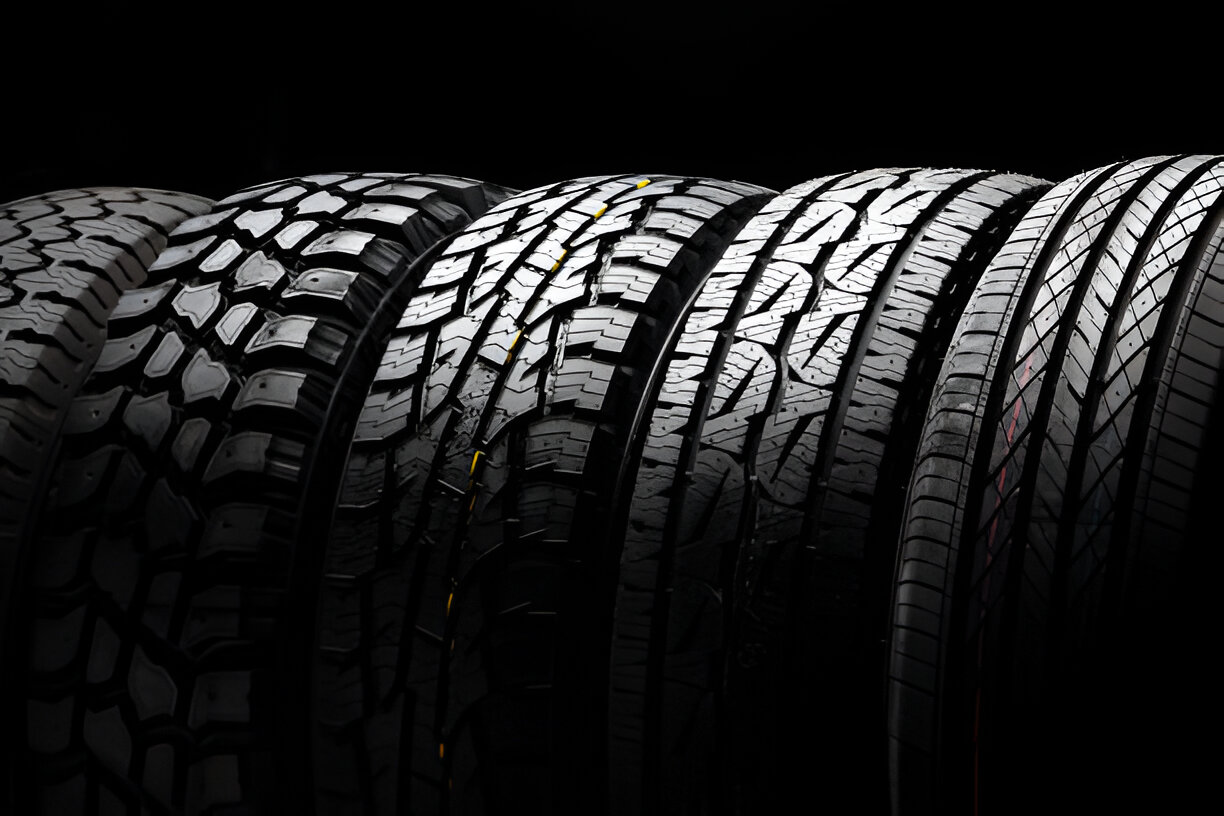Last Updated on November 8, 2024
Your Roadmap to Snow Tire Savings
The perennial question: are snow tires worth it? For the cash-strapped driver, buying a new set of tires you’ll only use for a quarter of the year sounds like a bad idea. Moreover, changing your regular tires at the tire dealer every year is a hassle. If you have an all-wheel drive (AWD) vehicle and a set of chains, it seems like you’ve got the winter driving situation under control, right?
Not necessarily; a Consumer Reports survey reveals snow tires are worth buying, even for AWD cars and trucks. They lower the chances of winter accidents by five percent, and with snow tires, you’re three percent less likely to be seriously injured or die in an accident. The cost of snow tires is well worth it compared to a wreck’s price.
Winter Traction Without Breaking the Bank
AWD helps you get started with firm footing on the snow, but it doesn’t solve every challenge you’ll encounter on snowy or icy roads. According to Consumer Reports, “Our evaluations conclusively showed that using winter tires matters more than having all-wheel drive in many situations and that the difference between snow and ice can be significant.”
What if you put chains on a set of all-season tires? Do you need snow tires, then? Chains will give you good traction, but they’re not convenient. Long story short, you can use chains on a snow-covered road, but the minute you hit the pavement, you must take the chains off. Unless you’re always driving in a snow-locked mountain setting, chains aren’t practical regarding ease of use.

When it comes down to it, if you’re in for snowy, icy conditions, snow tires are your best bet. Here’s a quick guide on how to make them more affordable.
Cheap Snow Tires
The name of the game for cheap snow tires is timing. Manufacturers and retailers team up on sales and rebates in the months before winter kicks in. Manufacturers craft their snow tires in anticipation of the season, so they have warehouses full of brand-new, high-quality snow tires waiting for consumers to scoop them up before the snow begins to fall. You can find snow tires at a lower price while supply is high.
Buy Them At the Right Time
You have to hurry because tire rebates and offers have an expiration date. That date typically lands for snow tires in October, November, or December. Wait till after December, and rebates and sales will be over. It’s an “early bird gets the worm” scenario. January finds winter in full swing, and demand for snow tires is high, so it’s rare for there to be rebates at that juncture.
Buy Them Online
If you cannot take advantage of rebates and sales, it still helps to find your snow tires online. Buy them here, and you’ll save on top-rated tires like the Hankook Winter I*Cept, which regularly earns a minimum of four out of five stars in consumer reviews. You keep it simple: we get them straight from the manufacturer and pass the savings on to you with free shipping. When you buy from us, you’re not paying for the middleman—the tire dealer. You’re not paying for upkeep on a fancy showroom, nor are you paying the salesperson’s commission. You’re just paying for the tires.
Consider Financing
Financing will spread your payments over time, meaning you pay less now. This is a good option if you can’t afford an entire winter tire set before a rebate expires. You’ll be able to get the refund, get the whole set, and maximize your family’s safety sooner rather than later.
Your two options for financing are Affirm financing and PayPal Credit. Both offer easy monthly payments and have no interest options during certain promotions. You can choose Affirm or PayPal Credit as payment options at checkout.
Keeping the Cost Low: Change Tires Over Yourself
This isn’t necessarily easy for a first-timer, but it will minimize your spend. Here are the steps to putting winter tires on rims yourself (note this quick and dirty method involves a lot of elbow grease and minimal tools; you might scratch your edges if you’re not careful):
- Gather necessary tools: Valve stem core remover, two pry bars, rubber hammer, soapy water in a spray bottle (or spray lubricant), jack, tire iron, air compressor
- Remove wheels from the vehicle with a jack and tire iron (see how to change a tire safely).
- Remove valve stem core from a tire with valve stem core remover: Be careful; the body is under pressure, so ensure all pressure is released before you remove the valve stem core.
- Break tire bead: Slowly drive a truck or other heavy vehicle onto the tire, being sure not to contact the rim; do it on the front and backside until the tire bead is broken away from the rim
- Spray the tire wall nearest to the rim all the way around with soapy water or lubricant.
- Lay the wheel flat on the ground, front side up; pry the tire over the top of the rim with a pry bar.
- Stand the wheel up so that the front of the rim faces away from you, and spray the back of the tire sidewall with more lubricant.
- Insert a pry bar between the tire and rim, and work your way around with the pry bar, pounding the tire off the edge with a mallet.
- Spray new tire sidewalls with lubricant and work it onto the rim with pry bars and a hammer.
- Set the bead: Stand the backside of the wheel against an immobile surface and kick the rim firmly until the bead is set.
- Rotate the tire around, push on the rim a little so that the tire is near the rim’s edge, then use an air compressor to pressurize the tire; the tire should pop firmly onto the rim.

This is one way to change a tire without a tire change. It. It’s not pretty, but this YouTube video will show you the process. For a more official version, this YouTube video will show you how to do it with a tire changer.
Regardless of whether you change over your tires yourself, buying cheap snow tires online will save you money over buying them at You’ll You’ll be secure and ready to hit the road with your snow tires on for the winter.
Conclusion
In this guide, we’ve unveiled strategies to help you navigate the world of snow tires while keeping your budget in check. From timing your purchase to considering alternatives, you now have the tools to save on snow tires without compromising safety and performance. As winter approaches, remember that in the right direction, you can enjoy enhanced traction and confidence on the road while keeping your wallet happy.
FAQs
1. How much should a set of snow tires cost?
The cost of snow tires can vary widely based on factors like brand, size, and type. You can expect to spend between $400 to $800 on average for four snow tires. Premium or larger-sized tires may be on the higher end of this range, while budget-friendly options may fall toward the lower back.
2. What time of year are snow tires cheapest?
Snow tires are budget-friendly during the off-season, typically in spring and summer. Prices often drop when demand decreases. Shopping for snow tires during these periods can lead to significant savings.
3. How much does it cost to get two snow tires?
Purchasing just two snow tires instead of a full set will be roughly half the price of a complete set of four. Depending on size and brand, a pair of snow tires can range from $200 to $400. Remember that installing snow tires as a complete set is generally recommended for optimal safety and performance.
4. Do I need 2 or 4 snow tires?
While you can install only two snow tires on your vehicle’s front or rear wheels, using a full set of four snow tires is typically recommended. This provides balanced traction and stability, enhancing the vehicle’s overall performance in winter conditions. If you opt for just two snow tires, ensure they are installed on the drive wheels (either front or rear) for better control. However, for the best results in terms of safety and handling, a complete set of four snow tires is the ideal choice.
-
Writer











